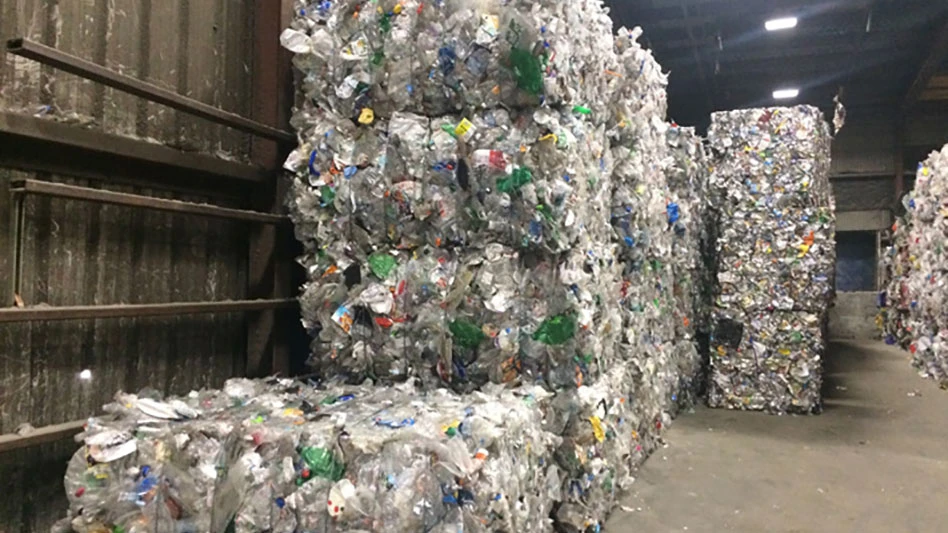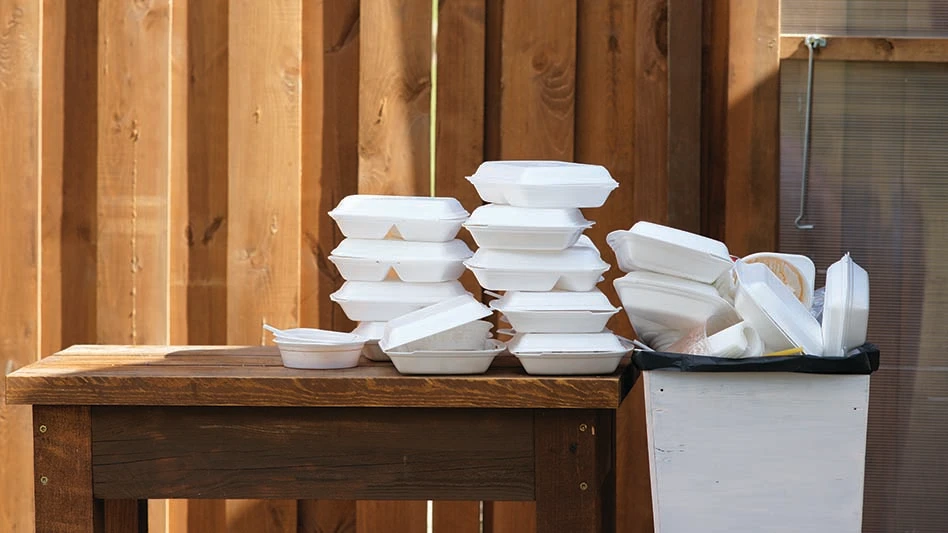If you’ve ever stood in awe at the jewelry worn by King Tut or Cleopatra, take a glance at that gold ring on your hand or chain around your neck. It’s quite possible you’re wearing the jewelry of kings and queens.
How can that be? Gold has been recycled so frequently throughout the millennia, it would not be beyond the realm of possibility if a stray atom of gold from one of King Tut’s gold chains or Cleopatra’s necklace is part of your own jewelry collection. The ancients knew the value of recycling metals and they put a premium value on precious metals. Things have not changed. Today, precious metals continue to capture our collective imaginations, perhaps more so than other metals, because they are valued for their investment potential, utility and the special status they convey to owners.
Special though they may be, precious metals are still subject to the vagaries of a fickle world marketplace. Supply and demand equations can change faster than the falling yen or ruble. These equations have implications for scrap recyclers. Let’s take a look at the various precious metals and see what the markets have in store for the year ahead.
Gold
In tight financial times, the mantra was to hoard gold. Thus, the bull economy of the past few years has not been kind to gold prices. As Recycling Today goes to press, gold is well below $300 per ounce. The price does not appear to be heading north anytime soon.
A declining gold price and resulting cost containment measures will continue to lower global exploration by an additional 28%, according to a recent survey released by The Gold Institute, Washington, D.C. On the mining end, producers are trying to lower costs by shifting to higher grading, consolidating to minimize overhead and shutting down high-cost mines, says Gold Institute president John Lutley.
The United States continues to be the world’s second largest gold producer, behind South Africa, according to The Gold Institute. In 1998, U.S. mines are expected to produce 11 million ounces, or 11 times greater than was produced in 1980.
"There is a growing trend to develop underground mines," says Lutley. "To be profitable, the ore grade has to be considerably higher, since underground ores are more expensive to process and more costly to mine."
While the producers are trying to reduce costs, gold prices are still highly vulnerable to international forces. As was the case last year, central bank sales continue to impinge on the market. According to a recent report from the U.S. Geological Survey (U.S.G.S.), Russia "appears to have used more than a third of its gold reserves, worth about $1.9 billion, as collateral for emergency bank loans triggered by the cash crisis in Moscow."
Earle B. Amey, Gold Commodity Specialist at the U.S.G.S., Reston, Va., points out in 1997 100 metric tons of gold were recycled in the U.S. As Recycling Today was going to press figures for 1998 were not yet in. But lower prices and increased supply do not bode well for scrap recyclers. As with other metals, there is the tendency to hold on to supply until the price rises.
Add a low price for gold to the increased difficulty of obtaining material from sources and you put recyclers between a rock and a hard place. For example, obsolete electronic equipment, particularly old computers, was viewed as a good source for gold. However, Jim Glavin, operations manager for United Recycling Industries Inc., Carol Stream, Ill., says, " a ton of printed circuit boards can yield up to 10 ounces of gold. However, if the computer is newer, usually it’s much lower. Less and less gold is being used in new model computers."
Silver
Unlike gold scrap, silver scrap comes from a readily assessable source – photographic and X-ray film. Three-quarters of recycled silver scrap is from photographic sources, notes Henry E. Hilliard, silver commodity specialist at the U.S.G.S. Other sources of silver scrap continue to be old coins and silverware and obsolete computers.
In 1997 "global recycling of silver from old scrap materials increased only marginally in 1997 to about 4,740 tons," says a recent U.S.G.S. report. The report further states "the United States was the largest silver recycler at about 1,360 tons, followed by Japan at about 500 tons (please see chart). In the U.S., photographic scrap was estimated to have generated 1,000 tons of silver, the largest part coming from spent fixer solution and from X-ray and graphic arts waste."
Silver use by the photographic industry worldwide is projected to increase by 10% over the next five years, according to a Silver Institute report prepared by photographic expert Peter Krause. Total consumption of silver for photographic uses is expected to rise from 232 million ounces in 1997 to 255 million ounces by 2002.
Interestingly, the push toward digital photography will lead to only a small decline in silver use with the photography sector – from 6.2 million ounces in 1997 to 5.6 million by 2002.
Another sector spurring silver demand is electronics. Silver is the best conductor of electrical and thermal energies, says Paul Bateman, executive director of The Silver Institute, Washington, D.C. This has been known for quite some time. When Samuel F.B. Morse tapped out his famous message "What hath God wrought," on May 24, 1844, the contact points on his telegraph were silver.
Silver is also used in both rechargeable and non-rechargeable batteries. It’s also used in superconductor wire and as a metallic coating in windshields of some automobiles. In this later application, silver is used as a transparent metallic coating, giving the glass the ability to reflect sunlight away from passengers and to serve as an AM/FM radio antenna.
In the U.S. the jewelry industry continues to be another driver of demand for silver, according to Walter Frankland, executive director of the Silver Users Association, Washington, D.C. In the U.S. jewelry ranks third – after photography and electronics – in demand for the metal.
Prices for silver appear to be better in 1998 compared with 1997. Despite the excess of demand over supply, according to the U.S.G.S. report, the average price for silver in 1997 was $4.89 per troy ounce, the lowest since 1993. In 1998, the average price for the first nine months is $5.72 per troy ounce. This could be the beginning of good news for silver scrap recyclers. As the U.S.G.S. notes "demand for silver has nearly doubled in the last decade, while supply has risen only slightly. This has caused the known above-ground stocks to fall to record low levels, a condition that will probably result in higher prices for silver."
Platinum and Palladium
At the beginning of 1998, the markets hoped the Russians were through playing roulette with the platinum and palladium markets. Demand in 1998, according to Johnson Matthey’s report, Platinum 1998, for platinum was forecast to increase between two to three percent, with higher consumption in new jewelry markets and advanced industrial applications outweighing lower sales to auto makers and Japanese jewelry manufacturers.
The outlook earlier this year for palladium was encouraging. Growth was expected, according to the Platinum 1998 report, to be dominated by the automobile industry (catalytic converters in new models are switching form platinum to palladium) and the electronic sector.
Whereas demand for platinum and palladium remains robust, the Russians still are unable to get their financial house in order. The collapse of the ruble and the ongoing foibles of Russian President Boris Yeltsin continue to cause anxiety in markets and uncertainty as to how much material the Russians intend to move.
"Palladium continues to be in short supply," says Andrew Sabin, president, Sabin Metal Corp., East Hampton, N.Y. "Russian production is 50% of what it once was. Platinum is off as much as palladium."
Automobile catalytic converters are now palladium-intensive in order to meet more stringent auto emission requirements, according to Ashok Kumar, venture manager A-1 Specialized Services & Supplies, Inc., Croydon, Penn. This will eventually change the supply-demand equation for recyclers, who will not start seeing the heavy influx of palladium-dominated converters for several years to come, according to Kumar.
Electronics is a mixed bag in terms of demand for palladium, according to the U.S.G.S. In 1997, demand rebounded owing to increased production of multi-layered ceramic capacitors (MLCC), which are attached to printed circuit boards by silver-palladium leads. In 1998 trends suggest demand will be limited by continued miniaturization, selective plating, and occasional substitution by nickel.
Scott Roos, vice president, Noranda Metallurgy, Inc., Toronto, notes declining precious metals content in electronic goods is the overwhelming trend. "This trend makes it more difficult for recyclers to justify the tear-down of electronic goods," he says.
Whereas in the past, Roos adds, mainframe computers were made with a fair amount of precious metals, today lap tops and PCs have far less. For example, the innards of PCs consist of glass, light steel, aluminum and plastic.
Platinum also enjoys strength in the jewelry industry. Worldwide demand for platinum jewelry in 1997 advanced by 170,000 oz., boosted by demand in China and the U.S., according to Platinum 98. In the U.S., notes the report, demand reached 160,000 oz. Demand in Japan, where this type of jewelry has been historically popular, is dropping amid the economic slump.
What to Make of Things
The precious metals markets continue to paint a perplexing picture for recyclers. In certain areas demand remains strong and the source for material plentiful. In others, price is soft or softening and supplies of material are contracting. Throw in continued global financial chaos and you have a recipe for many sleepless nights.
Sidebar 1:
Key Facts Platinum (1997)
-Demand expanded by 240,000 oz. to 5.2 million oz.
- Sales to auto makers fell slightly to 1.84 million oz., due to lower use on gasoline-powered cars.
- Jewelry demand rose by 9% to 2.16 million oz., with strong growth in China and the U.S.
- Industrial demand increased by 80,000 oz. to 1.28 million oz.
- Sales of the platinum American Eagle boosted investment demand by 50,000 oz. to 290,000 oz.
- Russian exports were suspended for the first six months of the year, but were strong in the second half.
- Overall supplies were stable at 4.97 million oz., with lower Russian sales balanced by higher South African shipments.
l-Price peaked at $497 in June, but fell to $342 in December.
Source: Platinum 1998, Johnson Matthey
Sidebar 2:
Key Facts Palladium (1997)
-Supplies fell by 8% to 7.25 million oz., following a six-month interruption in Russian exports.
-Demand rose by 21% to 7.46 million oz. exceeding supplies by 210,000 oz.
-Sales to auto makers surged by 31% to 3.1 million oz., with wider use of catalysts in all regions.
-Growth in MLCC (multi-layer ceramic capacitor) output boosted electrical demand by 490,000 oz. to 2.1 million oz.
-Price soared to 18-year high of $245 following a liquidity crisis in mid-year.
Source: Platinum 1998, Johnson Matthey.

Explore the December 1998 Issue
Check out more from this issue and find your next story to read.
Latest from Recycling Today
- GFL opens new MRF in Edmonton, Alberta
- MTM Critical Metals secures supply agreement with Dynamic Lifecycle Innovations
- McClung-Logan Equipment Company joins Tana’s authorized dealer network
- Grede to close Alabama foundry
- Plastics Recycling Conference 2025: Working toward their targets
- SWACO rolls out new commercial recycling and food waste programming
- Updated: Matalco to close Canton, Ohio, plant
- Metso launches electric Anode Weighing and Casting Machine






